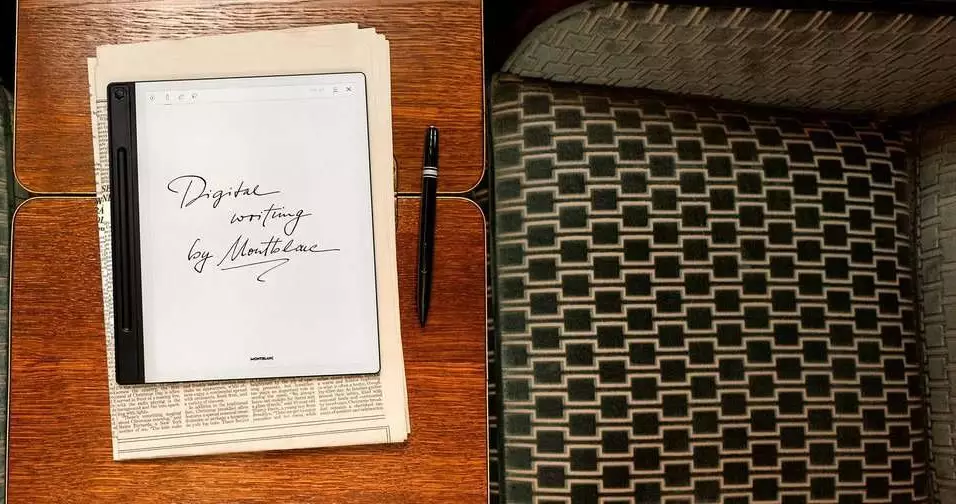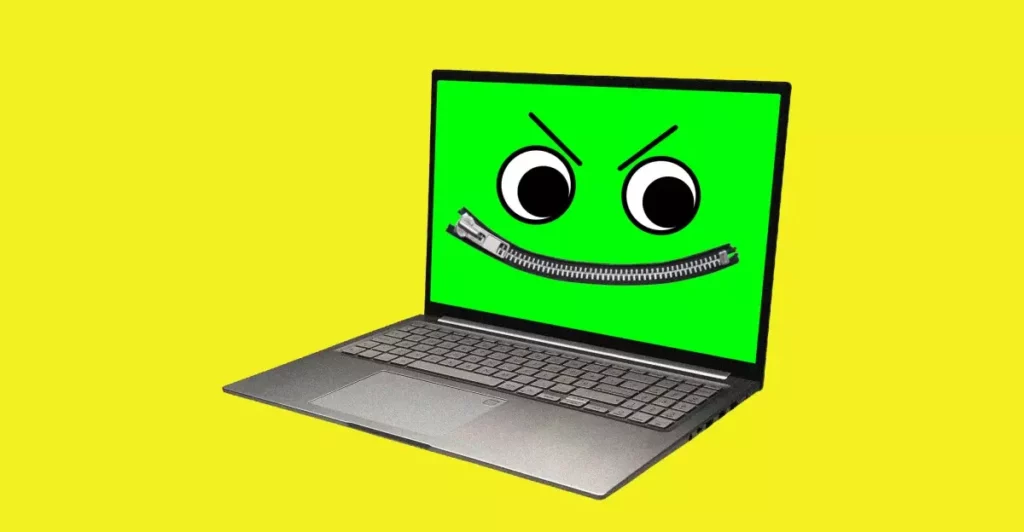In an era where visual content reigns supreme, the quality of images can decisively influence narrative effectiveness. Glass Imaging, a budding contender, is poised to disrupt this landscape dramatically following a $20 million funding round. Guided by the trailblazing Ziv Attar, this company is not merely tinkering at the edges; they are setting forth a bold vision to transform digital imaging standards across various platforms—from everyday smartphones to sophisticated drones. With investment backers like Insight Partners and Google Ventures, glass Imaging appears to be creating ripples that could evolve into a tidal wave of change.
The underlying technology, dubbed GlassAI, aims to tackle persistent challenges in photography that many have accepted as intractable. The commitment to quality isn’t just about producing tick-box improvements; it’s about rewriting the script of what’s possible, and that ambition deserves scrutiny. By mitigating lens aberrations and correcting sensor imperfections, GlassAI isn’t just an incremental step forward; it’s an aspiration for a transformative quality of image.
Deconstructing the Illusion
While advanced technologies in the imaging space often rely on routine adjustments, what Glass Imaging brings to the table are sophisticated AI algorithms that promise not only to refine but to revolutionize image quality. Attar hits on an essential point by stating that their process effectively strips away the noise—an aspiration that resonates with countless photographers striving for realism amid a sea of digital distortions. This begs the question: Can stripping noise truly bring forth unparalleled clarity?
The foundation of this philosophy is an extensive data acquisition process that allows the AI model to learn from the various nuances of numerous camera devices. This nuanced understanding positions GlassAI to overcome traditional limitations, promising images that reflect reality without manipulation or obfuscation. However, one wonders whether such a lofty goal can be achieved consistently across a wide array of consumer-grade devices.
A Technological Revolution in the Making
One standout feature of Glass Imaging’s technology is its versatility—its implications extend far beyond the realm of professional photography. Whether applied to AR glasses, security cameras, or even wearable technology, the potential applications are staggering. Attar’s ambition to integrate GlassAI into any device equipped with a camera signifies a democratization of image quality that could transform everyday experiences.
But here lies a point of contention. Will such innovations genuinely create better user experiences or merely inflate consumer expectations? As demonstrated in recent showcases like that of Qualcomm, the integration of AI into smartphones offers tantalizing prospects. However, real-world execution must match the hype—or risk disappointing a discerning audience accustomed to relentless advancements in technology.
Challenging the Giants
In targeting established players like Apple, Glass Imaging finds itself in a precarious position. While the company’s relatively small team of 16 offers an atmosphere ripe for innovation, it also raises questions about scalability and the resources necessary to challenge imaging giants effectively. Attar’s bold claims that Glass Imaging’s commercial image quality could stand shoulder-to-shoulder with products developed by companies with extensive engineering resources must be taken with a grain of skepticism.
To elevate quality for everyone—from casual users to seasoned professionals—Glass Imaging is undeniably ambitious. Still, it’s also a gamble that could either cement its status or lead to disillusionment.
Investor Sentiment and Future Prospects
The enthusiasm expressed by investors like those from Insight Partners and Google Ventures is palpable; they envision a future where GlassAI reshapes digital imaging standards globally. Yet, belief from financial backers must translate into tangible advancements, and it is still early days to judge if this faith will lead to success or simply act as a temporary wave of excitement.
Each new investor not only brings capital but also invaluable insight and networks that could prove essential for navigating development complexities. But can this buzz sustain momentum in a climate where technological advancements come at breakneck speed?
As Glass Imaging charts its path forward, it stands at a fascinating crossroads of creativity and technology. The impending potential to empower filmmakers, security agents, and casual users alike with high-quality imagery offers a glimpse into a brighter future of visual storytelling. What remains to be seen is whether this ambitious startup can truly dismantle the prevailing paradigms of digital imaging or if it will merely whisper of potential amid an increasingly noisy landscape. This ongoing saga invites speculation, fueling anticipation and skepticism alike as stakeholders hold their breath, waiting to see how this evolving narrative unfolds.









Leave a Reply